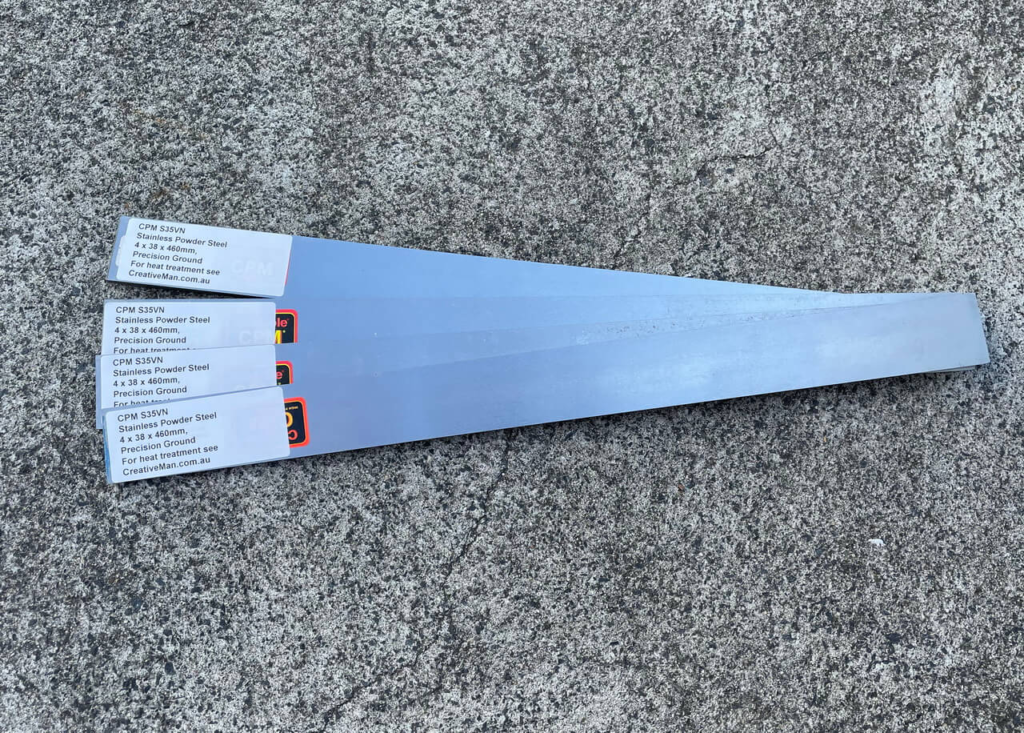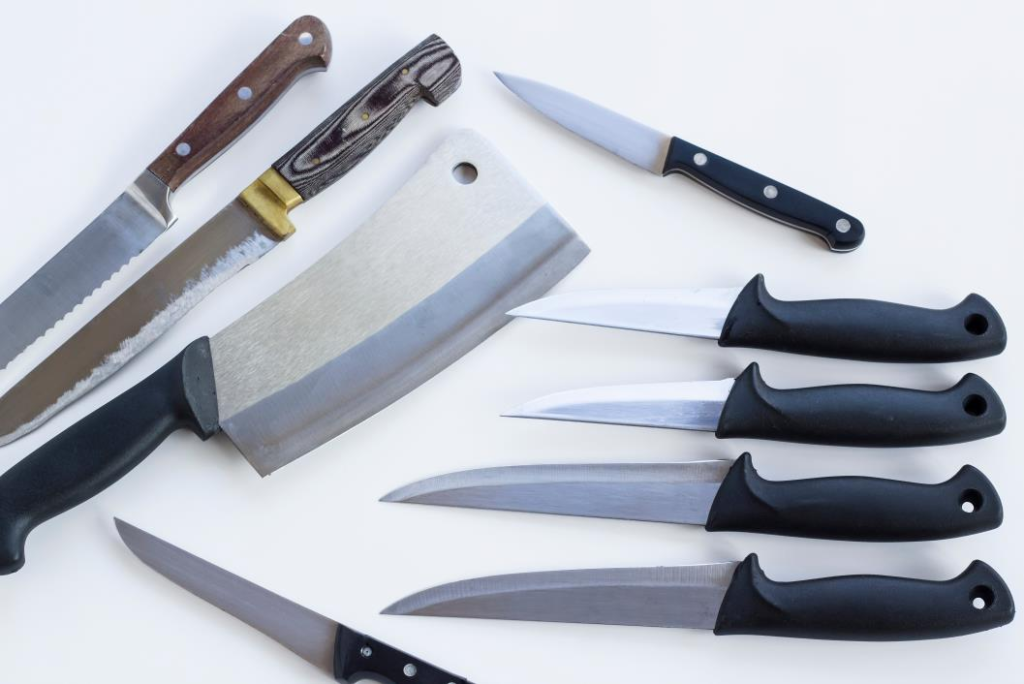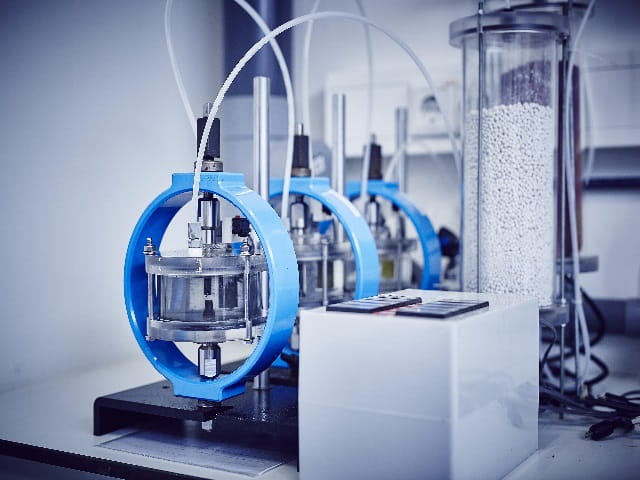When it comes to choosing steel for a knife, there are many options to consider. Two popular choices are 154CM and S35VN. Both are high-quality stainless steels that offer many qualities.
So, between 154CM vs S35VN, which is the better knife material?
S35VN is better than 154CM in raw materials, edge retention, toughness, hardness, and corrosion resistance. On the other hand, 154CM is easier to sharpen and is much cheaper than S35VN. So, 154CM is a suitable option for a regular-use knife if you are looking for a pocket-friendly choice. If performance is all you are looking for, go with S35VN.
In this comparison, we will take a closer look at 154CM and S35VN to help you make an informed decision when choosing steel for your knife.
154CM vs S35VN: Complete Overview
Before we dive into a detailed comparison, let’s take a look at the overview table, where you will get a basic idea of the properties of these steels. This comparison is similar to comparing the boning knife and the butchering knife.
| Factors | 154CM | S35VN |
| Material Composition | 1.05% carbon, 14% chromium, 4% molybdenum, 0.8% silicon, and other elements like manganese, vanadium, tungsten, phosphorus, and sulfur. | 1.4% carbon, 1.4% and contains 14% chromium, 3% vanadium, 2% molybdenum, and 0.5% niobium. |
| Toughness | Comparatively less tough | Tougher than 154CM |
| Rockwell Hardness | 58.5 | 58-61 |
| Corrosion Resistance | Comparatively prone to corrosion | High corrosion resistance |
| Edge Retention | Comparatively less edge retentive | High edge retention |
| Sharpnening | Easy to sharp | Hard to sharp |
| Price | Check Price on Amazon | Check Price on Amazon |
Material Composition:
The material composition indicates that S35VN is better steel than 154CM because it has high carbon content.

154CM has a high carbon content of 1.05% which gives it enhanced hardness and durability. It also contains 14% chromium for better corrosion and wear resistance, 4% molybdenum for better strength, and 0.8% silicon for better toughness.
It also has other elements like manganese, vanadium, tungsten, phosphorus, and sulfur. These elements make 154cm steel tough, wear-resistant, and corrosion-resistant.

On the other hand, S35VN has a slightly higher carbon content of 1.4% and contains 14% chromium, 3% vanadium, 2% molybdenum, and 0.5% niobium. Because of this combination of metals, S35VN steel is tough and retains its edge well.
Adding niobium makes it highly resistant to chipping and breaking, a common problem in other knife steels.
It’s important to know that “VN” in the “S35VN” means Vanadium and Niobium.
Winner: CPM S35VN
Toughness:
S35VN is the tougher material of the two because it has better transverse strength.
The longitudinal toughness for both of these steels is between 25-28 lb/ft. But in terms of transversal impact, the S35VN reigns supreme. The 154CM can only withstand 2.5 lb/ft impact energy compared to the S35VN’s 12 lb/ft.
If you are not sure what longitudinal and transverse impact test is, it tests the impact the steel body can absorb vertically and horizontally.
This concludes that the S35VN is far superior in terms of toughness.
Winner: CPM S35VN
Hardness:
As far as hardness is concerned, 154CM and S35VN are both similar. But 154CM is slightly better as it has a higher HRC rating.
The hardness of steel is measured by HRC, which means “Rockwell Hardness Rating”. Both the HRC rating of 154CM and S35VN is between 58-61.
The materials that have HRC ratings of 60+ are considered premium materials. That’s because HRC is rated on a scale between 20 to 70. An HRC rating of 60+ is also needed to make the best steak knives.
Winner: Tie
Corrosion Resistance:
S35VN has better corrosion resistance than 154CM.
Corrosion resistance in steels or similar materials is measured by a test called “polarization.” In this test, materials are drowned in a salty solution and electricity is applied to the solution. As the test progresses, the amount is increased.
As the voltage increases, the steel starts to corrode. The more voltage it requires to corrode a steel, the more corrosion-resistant it will be.
In a polarization test performed with a 5% NaCl solution, S35VN performs better than 154CM. Around 250 millivolts are required to corrode S35VN, but 154CM starts corroding at 150 mV.

This proves that S35VN has better corrosion resistance than 154CM.
Winner: CPM S35VN
Edge Retention:
S35VN has better edge retention than 154CM. This means that the S35VN’s sharpness will last longer than that of 154CM.
According to CATRA’s (Cutlery and Allied Trades Research Association) edge retention test, the S35VN did better than the 154CM. Their test result shows that 154CM has an edge retention of 120% compared to standard stainless steel, such as 440C. But S35VN has an edge retention of 145%.
Winner: CPM S35VN
Sharpening:
154CM steel is easier to sharpen than CPM S35VN.
The molybdenum and sulfur in 154CM steel make it relatively easy to sharpen to a razor-sharp edge, even with simple tools like a whetstone.
Molybdenum helps to break up the metal’s surface tension during sharpening, making it easier to remove material and achieve a sharp edge. Meanwhile, sulfur helps to form softer iron sulfides that act as a lubricant during the sharpening process, preventing burrs or jagged edges from forming.

CPM S35VN is a type of high-performance steel that contains a blend of carbon, chromium, vanadium, and niobium. This composition makes the steel very hard, tough, and wear-resistant. Because of its desirable properties, CPM S35VN steel is harder to sharpen than other steel.
To sharpen a CPM S35VN blade, manufacturers typically recommend using diamond or ceramic sharpening stones. That’s because these materials are harder than the steel and can sharpen them more effectively. Sharpening it properly also requires skill.
Winner: 154CM
Value for Money:
In terms of performance and value for money, 154CM steel offers a good balance for those looking for a reliable pocket knife. A premium steel like S35VN, on the other hand, maybe a better choice for those who need the best performance.
When it comes to value for money, 154CM steel is the more affordable option, costing around $7 per cubic inch compared to S35VN’s $17 per cubic inch. This cost difference translates to the price of a finished product, with a small pocket knife made of S35VN typically costing around $120 while a knife made from 154CM can cost less than $100.
S35VN steel has certain advantages over 154CM in terms of hardness, wear resistance, and corrosion resistance. But the higher cost of the material may not necessarily translate to a good option for the average user.
Winner: 154CM
154CM vs S35VN: Which Steel Should You Get?
Both 154CM and S35VN steels are high-quality materials used in the production of knives, with their strengths and weaknesses.
154CM steel is a tried-and-true performer that has been a favorite among knife makers for many years. It is relatively easy to sharpen, durable, and offers good corrosion resistance. It is also more affordable compared to S35VN steel. If you are looking for a reliable and durable pocket knife at an affordable price, 154CM steel is a great choice.
On the other hand, S35VN steel is a more modern high-performance steel that offers excellent wear resistance, edge retention, and toughness. It is also more resistant to corrosion compared to 154CM. However, it is harder to sharpen and comes with a higher price tag. If you need the highest level of performance and are willing to pay a premium price for it, S35VN steel is the way to go.
But what types of knives do professional chefs use? For example, renowned social media chef Joshua Weissman uses a range of knives made from different types of steel.
Frequently Asked Questions (FAQs):
Is 154CM A Good Knife Steel?
Yes, 154CM is a good knife steel. It has a good balance of corrosion resistance, toughness, and hardness, which makes it a strong choice for various types of knives. It is also relatively easy to sharpen and has been a favorite among knife makers for many years.
What Steel Stays Sharp The Longest?
Shirogami #1, is a type of white paper steel that is known for its exceptional hardness, which allows it to stay sharp for a longer time than other steels. However, it can be a bit brittle under aggressive use, which means it may not be suitable for heavy-duty tasks.
What Is The Hardest Steel On Earth?
The hardest known steel on Earth is an alloy called ultrahard fullerite, which is made by compressing a form of carbon known as fullerite at extremely high pressures. It has a hardness of about 150 GPa, making it about 1.5 times harder than a diamond.
Conclusion
When you compare 154CM VS S35VN, the comparison may seem straightforward at first. That’s because S35VN is better in most attributes. But when you consider practically, 154CM provides better value for money. That makes it the better knife steel for regular use.
But if you only care about longevity and performance, S35VN is your knife material.


![Espresso Puck Stuck To Grouphead [5 Reasons & Easy Solutions] Espresso Puck Stuck To Grouphead [5 Reasons & Easy Solutions]](https://reviewnery.com/wp-content/uploads/2023/03/espresso-puck-stuck-to-grouphead-211x150.webp)

![Why Is Espresso Too Acidic [5 Reasons To Solve!] Why Is Espresso Too Acidic [5 Reasons To Solve!]](https://reviewnery.com/wp-content/uploads/2023/03/espresso-too-acidic-211x150.webp)

